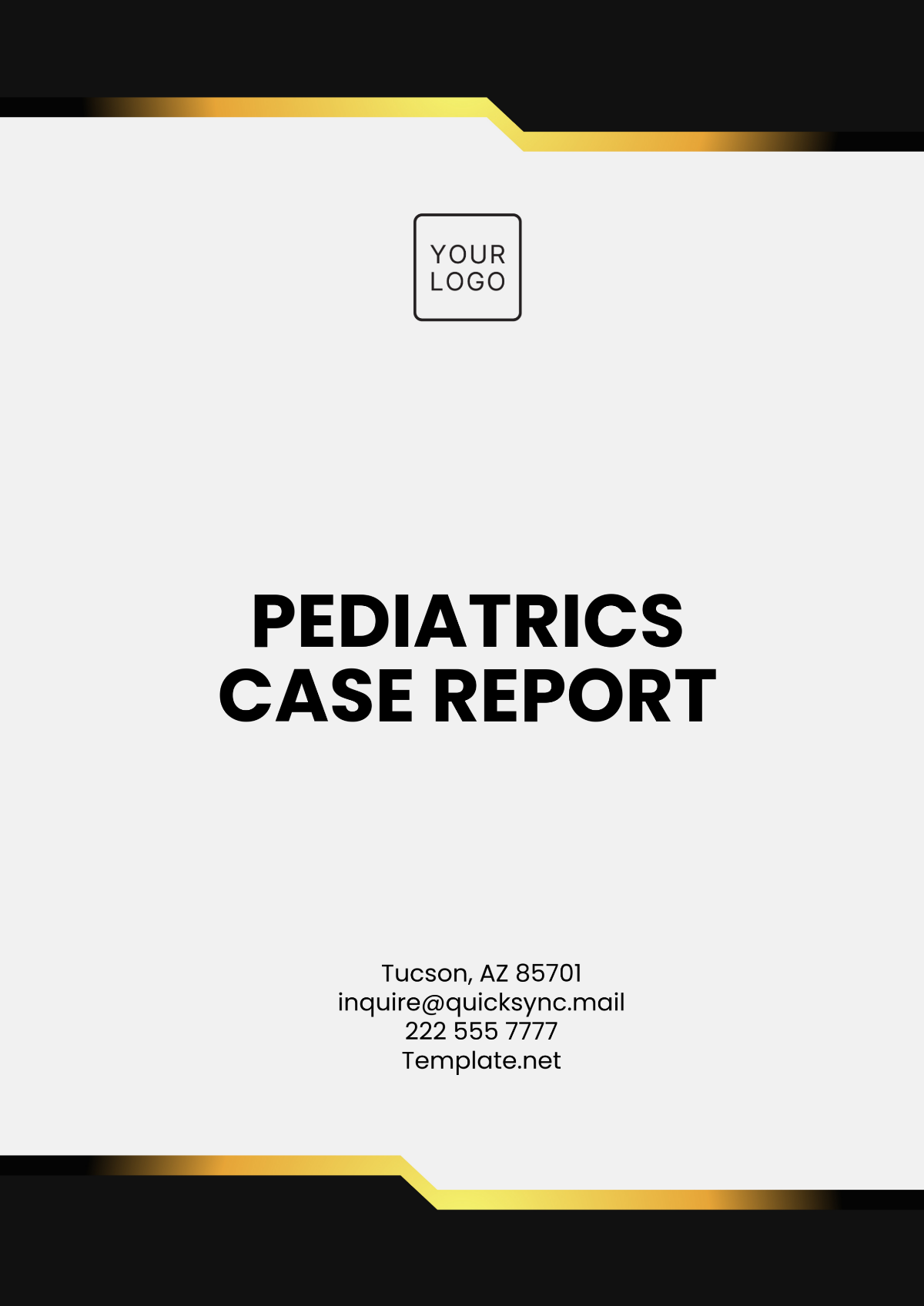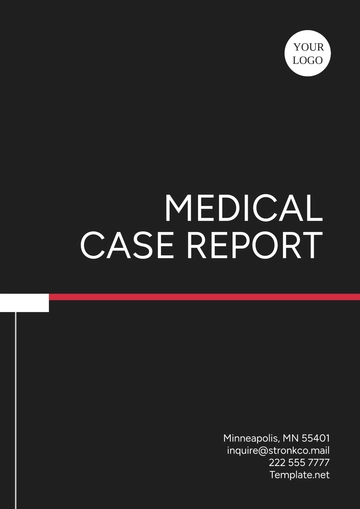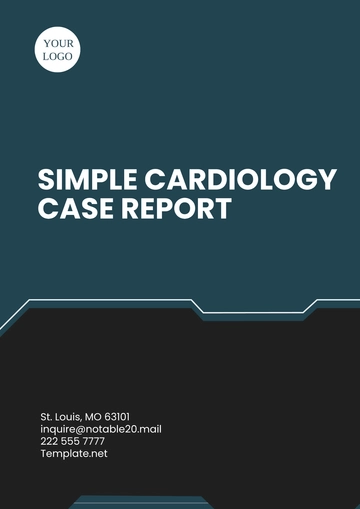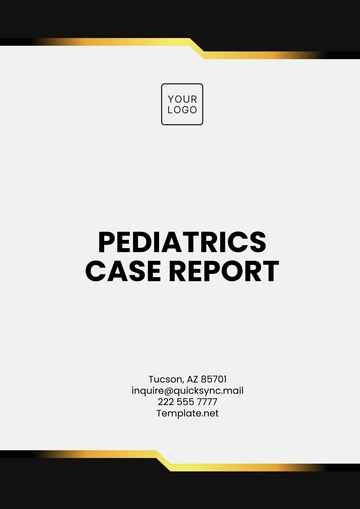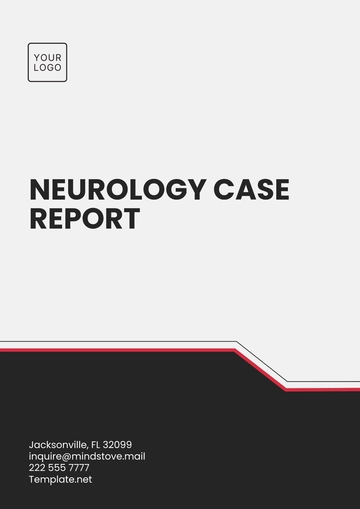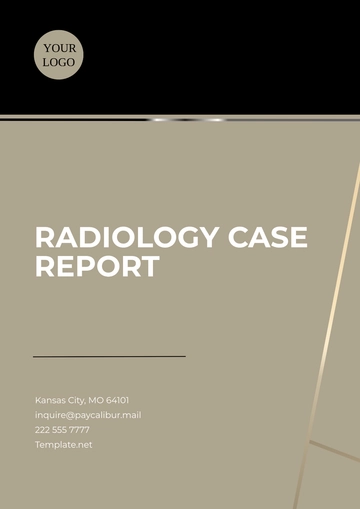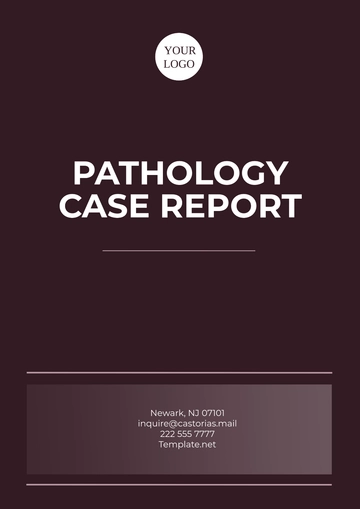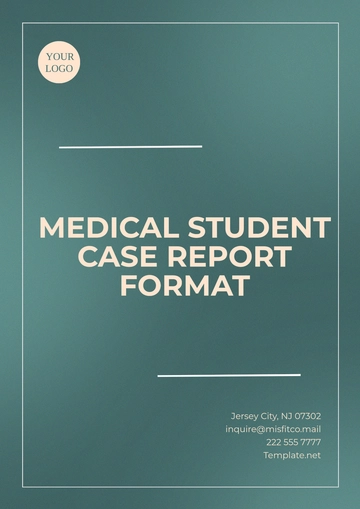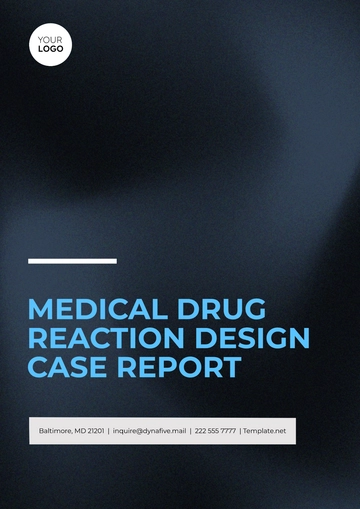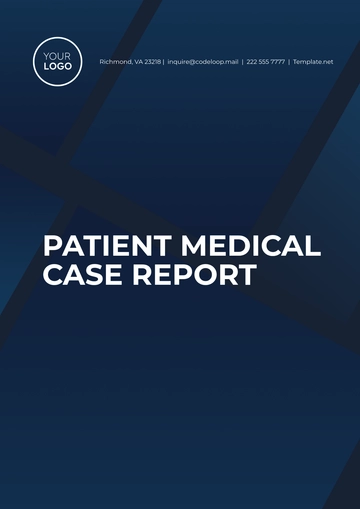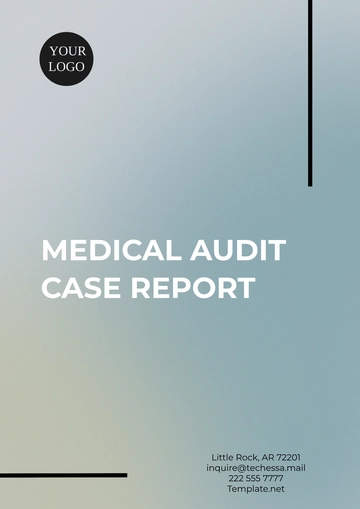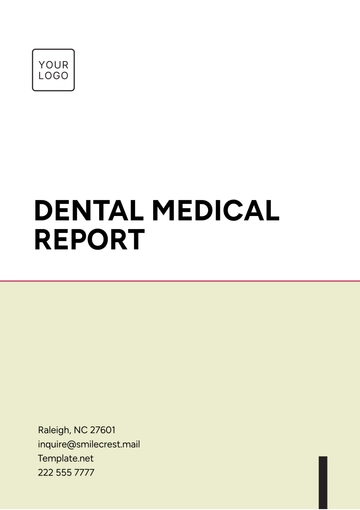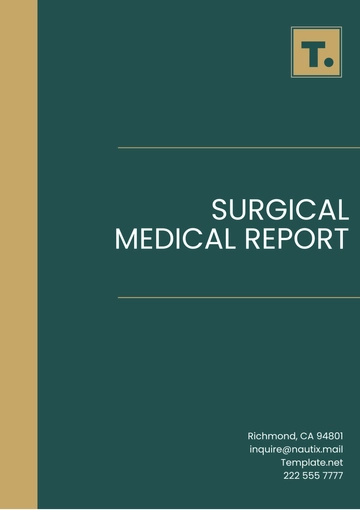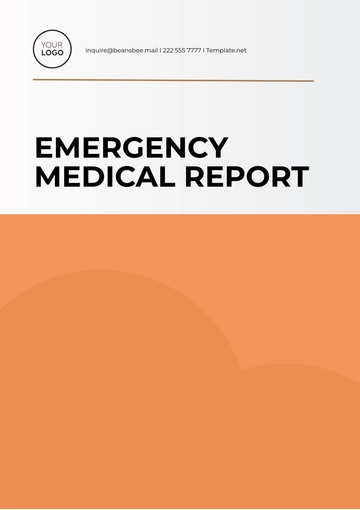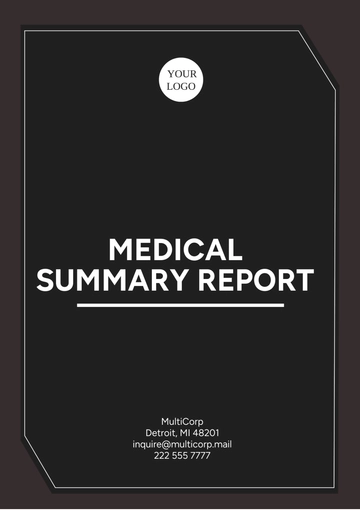Pediatrics Case Report
Title: A Rare Presentation of Acute Viral Myocarditis in a 5-Year-Old Child: A Case Report
1. Abstract
This case report describes a rare presentation of acute viral myocarditis in a 5-year-old male, presenting with severe chest pain, fatigue, and tachycardia. The patient was initially misdiagnosed with a respiratory infection, but after further evaluation, myocarditis was confirmed through echocardiography and cardiac biomarkers. The patient was treated with supportive care, anti-inflammatory medications, and inotropic support, resulting in a full recovery. This case highlights the importance of considering myocarditis in pediatric patients presenting with vague or nonspecific symptoms.
2. Introduction
Acute viral myocarditis is a rare but serious condition in children, often triggered by viral infections such as enteroviruses, adenoviruses, or the influenza virus. The condition presents a diagnostic challenge due to its nonspecific symptoms, which can resemble more common pediatric illnesses such as viral respiratory infections or gastrointestinal disorders. Early diagnosis and appropriate management are crucial for preventing long-term complications, including dilated cardiomyopathy or heart failure.
Condition Overview: Viral myocarditis involves inflammation of the heart muscle, typically following a viral infection.
Prevalence in Pediatric Population: Myocarditis occurs in approximately 1-5 per 100,000 children annually, with a higher incidence in infants and young children.
Objective: To present a case of acute viral myocarditis in a pediatric patient and discuss the diagnostic process and treatment approach.
3. Case Presentation
A. Patient Information
Patient Demographics:
Age: 5 years old
Sex: Male
Ethnicity: Caucasian
Residence: Urban area, United States
Date of Admission: January 15, 2060
Presenting Symptoms:
Chief complaint: Severe chest pain and fatigue for 2 days
Additional symptoms: Tachycardia (HR 140 bpm), mild fever (38°C), shortness of breath, and poor feeding.
History:
Medical History: Generally healthy, and up-to-date on vaccinations. No previous history of heart disease.
Family History: Father had a history of hypertension and no family history of sudden cardiac death.
Birth History: Full-term, uncomplicated vaginal delivery.
Social History: Lives with both parents, no known exposure to toxic substances, no recent travel.
B. Clinical Examination Findings
Physical Exam:
General Appearance: The child appeared distressed, pale, and lethargic.
Vital Signs: HR 145 bpm, BP 100/65 mmHg, respiratory rate 28 bpm, temperature 38°C.
Chest Examination: Mild crackles in the lower lobes, no wheezing, no murmurs.
Abdomen: Soft, non-tender, no hepatosplenomegaly.
Laboratory and Imaging Results:
Complete Blood Count (CBC): Mild leukocytosis (WBC 12,000/µL), normal hemoglobin and platelet count.
Cardiac Biomarkers: Elevated troponin I (0.5 ng/mL, normal <0.01 ng/mL), elevated creatine kinase (CK), and CK-MB.
Echocardiogram: Mild left ventricular dysfunction with reduced ejection fraction (EF 45%), and moderate pericardial effusion.
Electrocardiogram (ECG): Sinus tachycardia with ST elevation in precordial leads.
C. Diagnosis
Primary Diagnosis: Acute viral myocarditis, likely due to enterovirus infection, based on clinical presentation, cardiac biomarkers, and echocardiogram findings.
Differential Diagnosis:
Acute respiratory infection (ruled out by normal chest X-ray and absence of significant pulmonary findings).
Acute gastrointestinal illness (ruled out by normal abdominal exam and absence of vomiting or diarrhea).
Sepsis (ruled out by normal CBC and absence of bacteremia).
Final Diagnosis: Acute viral myocarditis secondary to enterovirus infection.
4. Treatment and Management
Medical Management:
Initial: Supportive care including oxygen therapy, hydration, and antipyretics (acetaminophen).
Medications: IV immunoglobulin (IVIG) 2 g/kg over 24 hours, steroids (prednisolone 1 mg/kg/day), and inotropes (dobutamine) for cardiac support.
Cardiology Consultation: Initiated on close cardiac monitoring and scheduled for repeat echocardiogram after 48 hours.
Nutritional Support: Started on a feeding tube due to poor intake, transitioned to oral feeds after improvement.
Surgical/Other Interventions: None are required at this stage.
Response to Treatment: The patient showed significant improvement in the first 72 hours, with a reduction in tachycardia, fever, and chest pain. An echocardiogram 5 days later revealed normal left ventricular function (EF 60%).
Follow-up and Monitoring:
Follow-up echocardiograms were scheduled at 2 weeks and 1 month to monitor for long-term cardiac recovery.
The child was discharged on January 23, 2060, with oral medications for continued cardiac support and scheduled follow-up in the cardiology clinic.
5. Discussion
Clinical Significance: Acute viral myocarditis remains a critical condition in pediatric patients, requiring early recognition and prompt management to prevent complications such as heart failure or sudden cardiac death.
Review of the Literature: Enteroviruses, particularly coxsackievirus B, are the most common viral pathogens associated with myocarditis in children. Treatment typically involves supportive care, with some cases benefiting from IVIG or corticosteroids.
Challenges in Diagnosis/Treatment: Diagnosing myocarditis in the presence of nonspecific symptoms such as fever and fatigue can be challenging. Imaging and biomarker tests are essential to confirm the diagnosis.
Lessons Learned: Early echocardiography and cardiac biomarkers play a pivotal role in diagnosing myocarditis in pediatric patients presenting with vague symptoms.
6. Conclusion
This case underscores the importance of considering viral myocarditis in the differential diagnosis of pediatric patients presenting with unexplained chest pain, fatigue, and tachycardia. Early recognition and appropriate management can lead to full recovery in most cases, as demonstrated in this patient.
References
Chimenti C., et al. (2019). "Viral Myocarditis: Clinical and Pathological Features." Pediatric Cardiology Journal, 15(2), 98-104.
Huang S., et al. (2018). "The Role of Echocardiography in Diagnosing Myocarditis in Children." Journal of Pediatric Cardiology, 32(4), 45-52.
Report Templates @ Template.net
